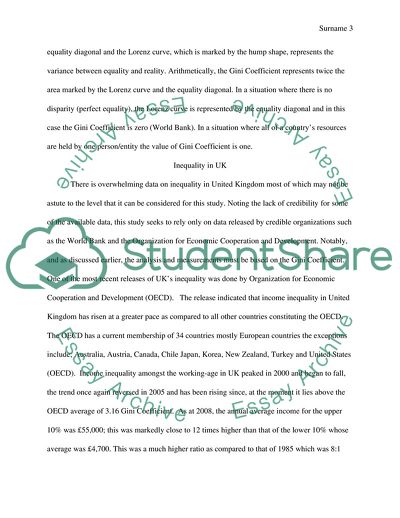Cite this document
(Economics of socialpolicy Essay Example | Topics and Well Written Essays - 3000 words, n.d.)
Economics of socialpolicy Essay Example | Topics and Well Written Essays - 3000 words. https://studentshare.org/macro-microeconomics/1793660-economics-of-socialpolicy
Economics of socialpolicy Essay Example | Topics and Well Written Essays - 3000 words. https://studentshare.org/macro-microeconomics/1793660-economics-of-socialpolicy
(Economics of Socialpolicy Essay Example | Topics and Well Written Essays - 3000 Words)
Economics of Socialpolicy Essay Example | Topics and Well Written Essays - 3000 Words. https://studentshare.org/macro-microeconomics/1793660-economics-of-socialpolicy.
Economics of Socialpolicy Essay Example | Topics and Well Written Essays - 3000 Words. https://studentshare.org/macro-microeconomics/1793660-economics-of-socialpolicy.
“Economics of Socialpolicy Essay Example | Topics and Well Written Essays - 3000 Words”. https://studentshare.org/macro-microeconomics/1793660-economics-of-socialpolicy.


